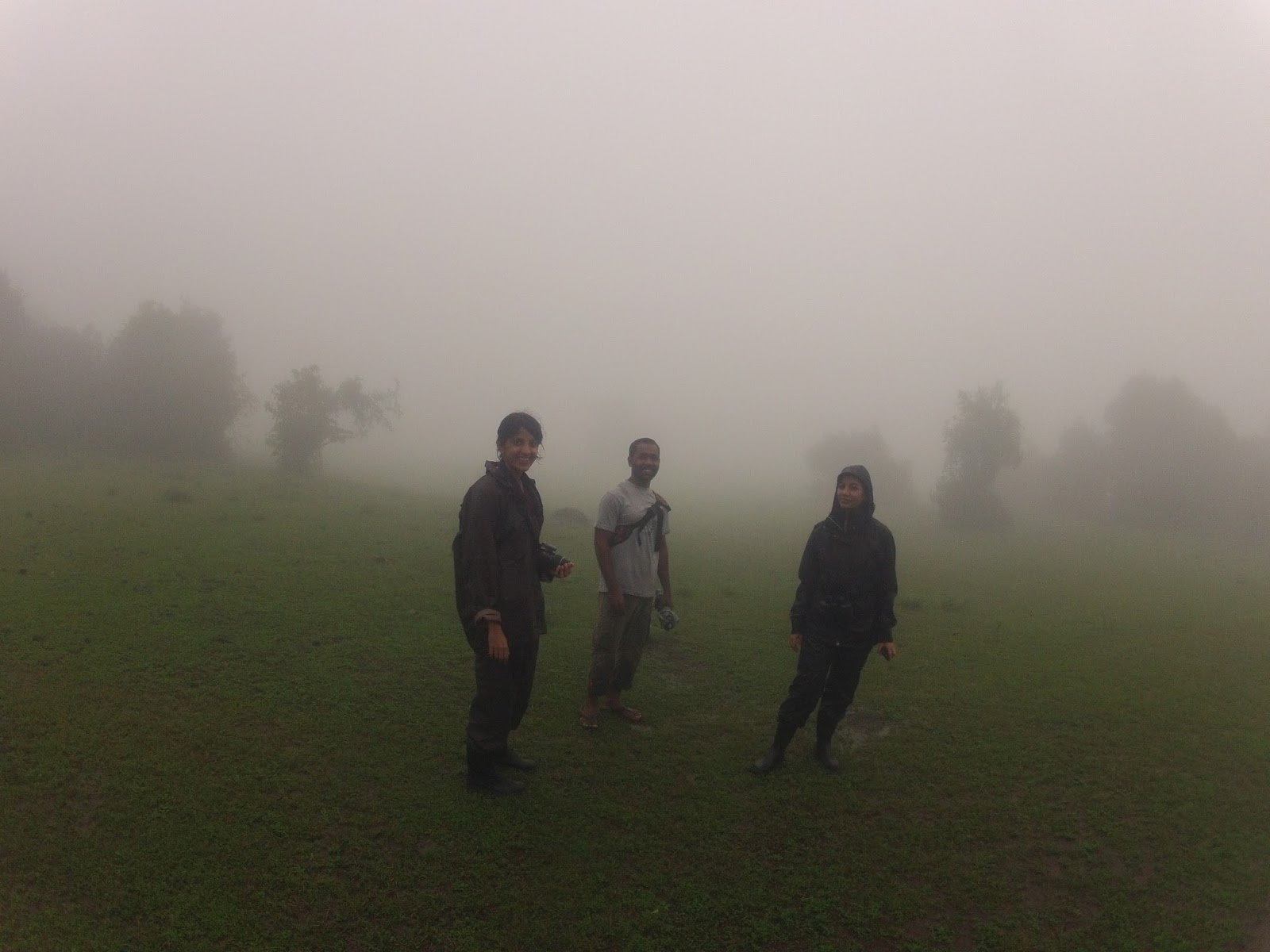Monday, July 28, 2014
Sunday, July 27, 2014
Field Research, Agumbe Rainforest Research Station (ARRS)
ARRS is located in karnataka, and is situated in Western Ghats which is under the UNESCO heritage site.
The primary research consisted of interviews, conversations, field observations,participatry cognitive mapping, audio visual documentation and note writting.
During this visit, it became very clear to where the project was heading: changing the assumption of the grasslands as 'wastelands'. The grasslands in Agumbe are not under any protection law, and is Revenue land at the moment, making it open for locals to build and buy this land. Which is return is taking away the habitat of the biodiversity that resides there.
To spread this message, with the help of Yellow Wattled Lapwing, which is an endemic specie and the only bird that uses the Grasslands alone. The grasslands being its natural habitat
Photo credits; Dhiraj (ARRS)
The primary research consisted of interviews, conversations, field observations,participatry cognitive mapping, audio visual documentation and note writting.
During this visit, it became very clear to where the project was heading: changing the assumption of the grasslands as 'wastelands'. The grasslands in Agumbe are not under any protection law, and is Revenue land at the moment, making it open for locals to build and buy this land. Which is return is taking away the habitat of the biodiversity that resides there.
To spread this message, with the help of Yellow Wattled Lapwing, which is an endemic specie and the only bird that uses the Grasslands alone. The grasslands being its natural habitat
Photo credits; Dhiraj (ARRS)
Monday, July 14, 2014
Thursday, July 10, 2014
Emphasizing with the Scientist.
To get an understanding of the process of the researchers in Agumbe Rainforest Research Station, we had to find a spot and sit and observe for hours, to understand the time and effort taken by them to document information about species and ecosystems.
In my first attempt, I managed to observe, a children's park for two hours, by documented everything from the strength of the breeze to the sounds from a far away construction.
however, It did not give a sense of the space around, the texture and the smells. I needed to concentrate more on the senses. the kinds of people inhabited, the rituals and activities that existed around, the insects and patterns in the sand etc.
In my second try, I sat down with a book and noted every thing that triggered my senses, I followed the age groups of the people around, the locations with the most activities etc.
Using this material, I created a touch point matrix, ONLY explaining the movement of the people spotted.
Subscribe to:
Posts (Atom)













.jpg)
.jpg)
.jpg)
.jpg)
.jpg)
.jpg)
.jpg)

.jpg)
.jpg)
.jpg)
.jpg)
.jpg)
